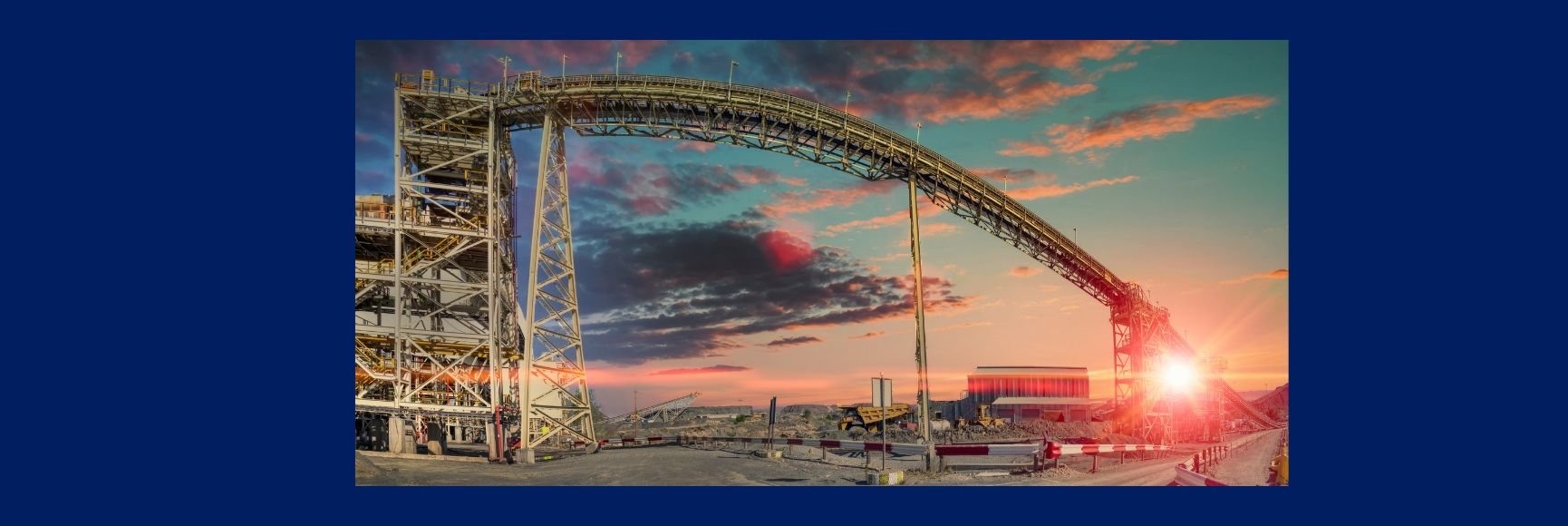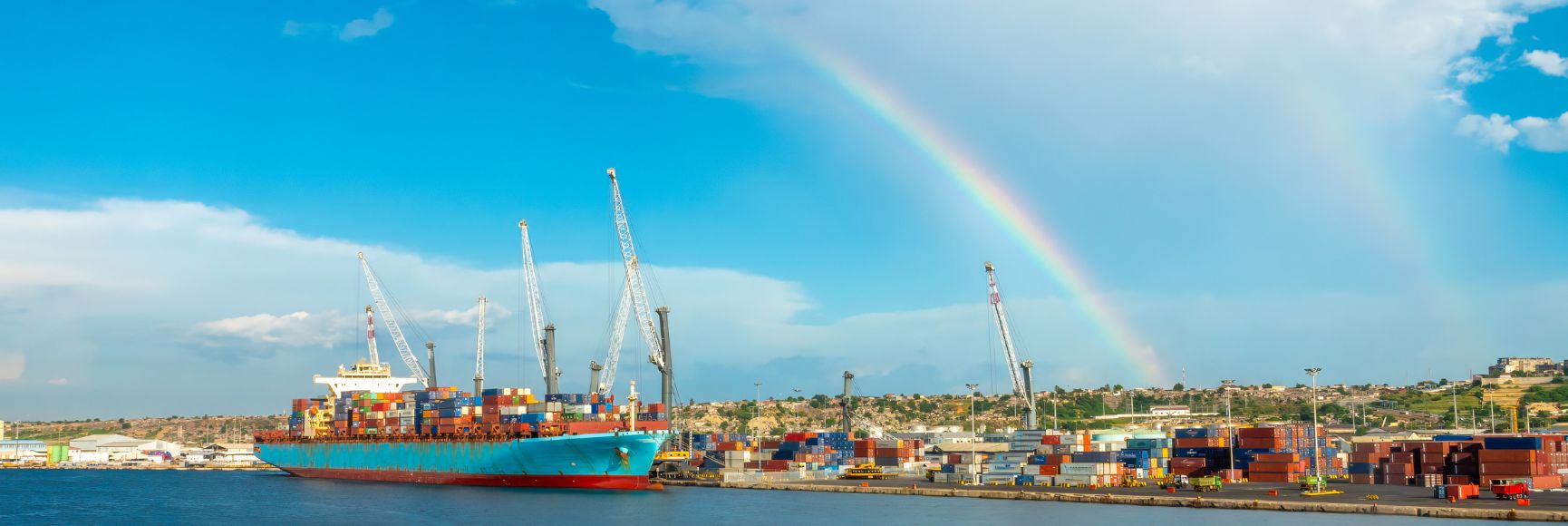The Botswana economy is heavily dependent on diamonds, which account for around 80% of exports, one third of fiscal revenues, and one quarter of GDP. The country is the world’s largest diamond producer, by value. But the economy is small (with total GDP in the region of US$ 20 billion), hence diamonds have a very large macroeconomic and fiscal impact. At independence in 1966, the country was very poor and underdeveloped. Diamonds, which were discovered shortly after independence, offered the chance to lift Botswana out of poverty and end dependence on external aid.
But of course it was critical to manage diamond resources well. Firstly, with its large size, a well-managed diamond sector should yield large macro-economic and macro-fiscal benefits, and vice versa for a badly managed sector. Secondly, the history of mineral-rich economies is replete with failures, often due to mismanagement and/or corruption, a fate that Botswana was determined to avoid.
A number of important principles have been followed since the early days of Botswana’s mineral-led growth. One is the “Sustainable Budgeting Principle”, which requires that revenue derived from the exploitation of minerals – i.e., from the depletion of a non-renewable resource – must be reinvested in other assets, whether physical assets (roads, water, power infrastructure, etc.), human capital (health and education), or financial assets.
The portion of mineral revenues invested in financial assets have been used to build up a Sovereign Wealth Fund (SWF). The current system has been in place since the mid-1990s, and comprises two linked funds: the Pula Fund, which houses accumulated balance of payments surpluses, and the Government Investment Account (GIA), which holds accumulated fiscal surpluses. The two funds sit on opposite sides of the central bank (Bank of Botswana, BoB) balance sheet, and tend to move closely together.
In macroeconomic terms, the Pula Fund is the most important. It is managed by the BoB, and makes up a segregated portion of the foreign exchange reserves, invested in foreign assets. By investing outside of the country, this helped to avoid absorptive capacity constraints and economic overheating when mineral revenues were growing rapidly. It has been supported by a “fixed” (or tightly managed) exchange rate, which was not allowed to appreciate as a result of balance of payments surpluses. The Pula Fund also earned an investment return, part of which was passed on to the Government as budgetary income. Finally, it acted as a stabilisation fund (to cushion mineral-related macroeconomic shocks), and as well was conceived as a Fund for Future Generations (to generate a long-term income to compensate for the eventual decline of mineral revenues).
The accumulation of financial savings was due in large part to a very favorable deal negotiated by the Government of Botswana (GoB) with De Beers, its joint venture partner in diamond mining. The terms of the revenue-sharing deal were progressively improved over time through many rounds of negotiations since the early 1970s, such that GoB now receives almost 85% of the profits generated by diamond mining in the country.
Botswana has managed to avoid the worst excesses of corruption found in many mineral economies. There are a number of reasons for this, including competent and honest public sector officials, and a transparent fiscal regime laid out in key legislation (the Mines and Minerals Act, the Public Finance Management Act and the Tax Act), with little scope for off-budget spending.
Dealing with a single company for most mineral revenues has also helped. Under the deal with De Beers, GoB has 50% of the seats on the board of the joint venture diamond mining company (Debswana), as well as two seats (and a 15% shareholding) on the board of De Beers, the parent company. This has helped with transparency and access to information. It also reduced the risk of transfer pricing. In its negotiations with De Beers, GoB brought in high level external expertise (legal, technical, financial) where necessary, to enable it to match the resources available to De Beers.
Finally, the Pula Fund is under the management of the central bank, and has benefitted from the high level of expertise and independence that comes with this.
Notwithstanding these successes, several shortcomings of the current system have become apparent over the years. Firstly, it is highly reliant on “responsible” budgeting decisions, and on rules and guidelines that can be ignored. Inflows and outflows to the Pula Fund and the GIA are driven by residuals (on the BoP and the budget), and there are no strict rules about what share of diamond revenues must be saved in financial assets. Furthermore, these assets can be drawn down without restriction, as long as this is based on a budget legally passed by Parliament.
This reliance on rules and guidelines rather than statutory requirements works when revenues are rising rapidly. But it is less effective now that the diamond industry has matured and has passed its peak economic and fiscal contribution. The Pula Fund and the GIA have been declining in recent years, both in absolute terms and relative to GDP, as funds have been withdrawn to finance fiscal and balance of payments deficits.
Without meaningful restrictions on withdrawals, the Pula Fund has now become more akin to a stabilization fund, but is now too small to provide a Fund for Future Generations (which would generate significant returns/income to replace mineral revenues once diamonds run out). The Government is now looking at a stricter legal and fiscal framework that would require a specified percentage of diamond revenues to be saved in financial assets, and to restrict drawdowns, with the aim of generating a larger asset and hence future incomes, with a stronger statutory basis.




